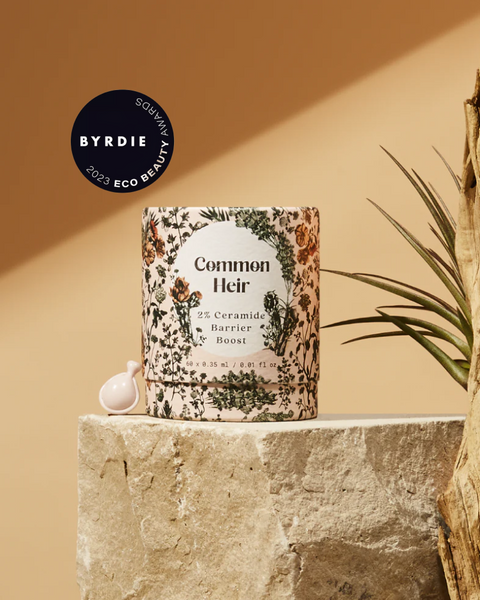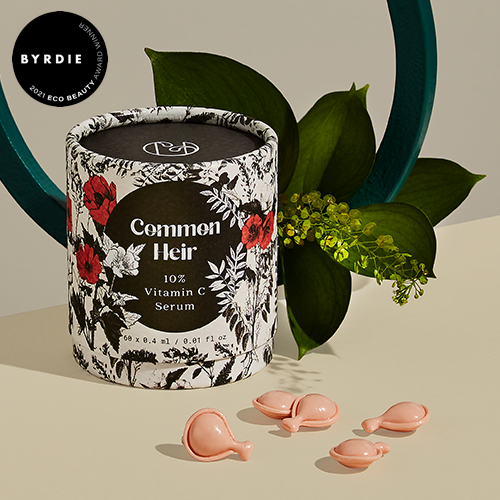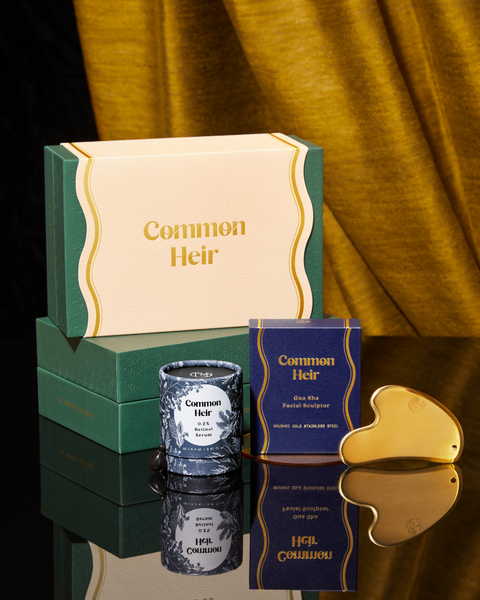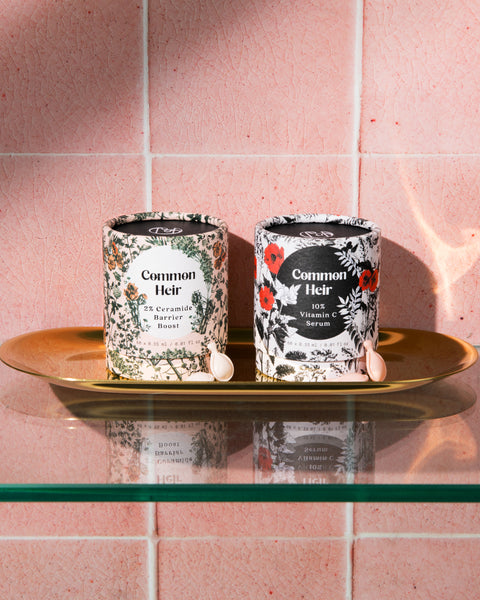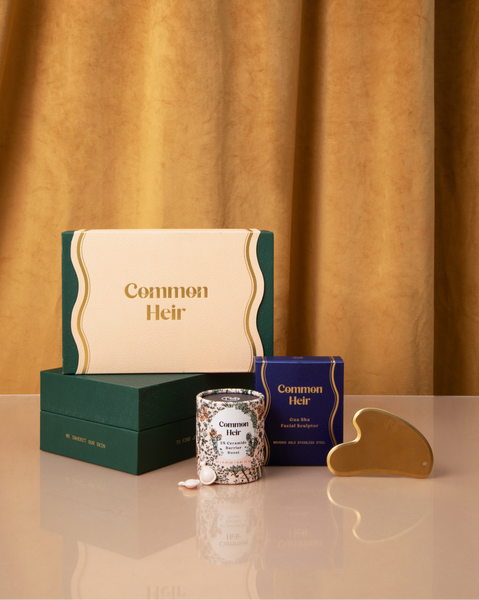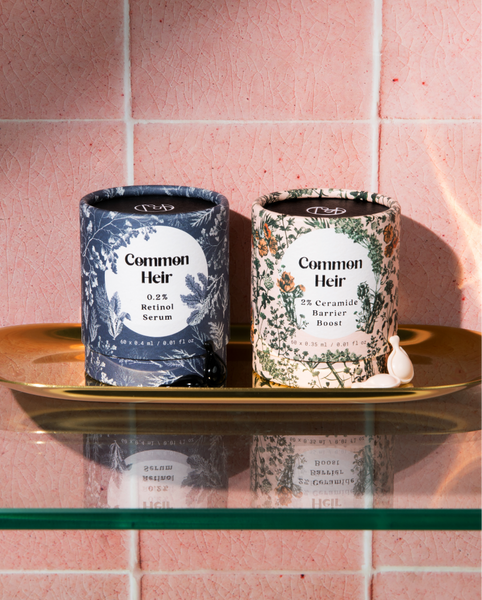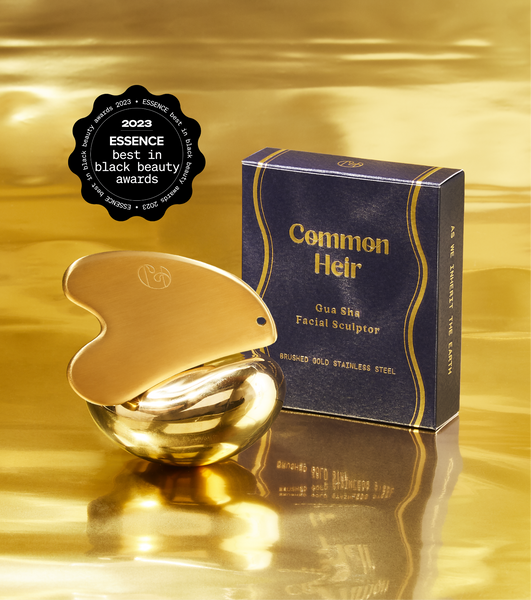You’ve heard the hype, but you may be wondering, “Is retinol for me?”
For better or worse, we’ve had a lot of experiences with retinol: the prescription kind, all the OTCs, tretinoids, retinol derivatives. We’ve even been told scary stories about retinol (oh hey there, outdated melanated skin myths!). It’s why we made a Retinol Serum in a capsule meant to be effective and approachable for all skin colors and skin types.
Even so, we get this question a lot. Here’s what we share to those new to retinol:
Once upon a time…
Back in the ‘50s, retinol became the gold standard for treating acne after derms discovered it sped up exfoliation, turning over dead cells to reveal new, healthier skin — and faster than skin’s natural renewal process. Its popularity grew beyond pimple problems when anti-aging benefits came to light. People began using retinol to even pigmentation and boost collagen production to reduce fine lines and wrinkles.
Cut to the ‘90s when retinol’s appearance in drying, irritating acne products (sorry for the gnarly flashbacks, babe) gave it a bad rap. But don’t hold it against retinol 4eva. Just like flares and baggy jeans, it’s making a major comeback in modern formulations available over the counter. And with good reason.
As its history shows, retinol is an active with benefits many of us are looking for in beauty products: the powers to both repair and renew skin at the 3x, commercial-skipping speed with which you listen to your favorite podcasts. Because of this, potential retinol side effects include irritation or breakouts, often referred to as a purge or the “retinol uglies/scaries.” It’s similar to how your skin may look or feel after a really great facial. It may sound scary, but with the right retinol, it doesn’t have to be.
What to look for in your first retinol
It’s taken beauty formulators decades to figure out how to harness retinol’s powers for good. While it’s tempting to assume that stronger prescription products like tretinoin will work better, lower percentage retinol has fewer likely side effects and is just as effective, working its magic over time. When we set out to create our Retinol Serum, our goal was to make it approachable but effective. Benefits without irritation. Here’s how we did it and how to read your retinol label:
- First, know your form. With actives like Vitamin C and retinol, there are different kinds. We use a stabilized form of a Vitamin A derivative, retinyl linoleate, encapsulated in soothing Vitamin F. It gently releases and preserves retinoid performance while minimizing irritation to deliver benefits over time.
- Next, remember that bigger isn’t better here. If you’re new to retinol, have darker or more melanated skin tone, or both, check the percentage of retinol or any active ingredient. Some derms recommend no higher than 0.5% to start. We use a gentle 0.2% and enhance retinol’s benefits with other ingredients your skin loves.
- And last, know your formula. Yes, retinol is the star, but its companion ingredients should be thoughtful, complimenting it and nourishing your skin to avoid side effects. In Common Heir’s Retinol Serum Capsules, we boost retinol’s best benefits with a holy trinity of skin-smoothing heritage botanicals. Paracress (spilanthes acmella flower) reduces wrinkles and smoothes skin to slow signs of aging, huangchi (astragalus membranaceus) detoxifies and regenerates, anti-inflammatory safflower oil brightens hyperpigmentation and protects against sun damage.
To hydrate and nourish, algae oil (laminaria digitata) supports a healthy skin barrier, and plant-derived squalane mimics the natural moisturizer your body produces less of starting in your 20s.
How to bring retinol into your before-bed rituals
This skincare check-in is perfect for retinol, and will work when introducing any actives and high performance products into your life:
- We recommend checking with your doctor or dermatologist first, especially if your skin has ever been sensitive to new products.
- Are you pregnant or breastfeeding? Avoid retinol. And, again, check in with your doc for the safest steps to bring actives back into your skincare routine.
- Take inventory of every skincare product you’re using, especially actives, as certain pairings can counteract benefits or increase irritation.
- Avoid layering retinol with benzoyl peroxide, AHA/BHA acids, or Vitamin C within the same routine.
- Always use retinol at night to help enhance your skin’s natural nightly renewal process.
- Apply retinol before bed on clean, toned skin. In the morning, make sure to wash face, apply sunscreen, and avoid extra exposure as skin will be more sensitive to sun.
- Introduce retinol first with a patch test to test skin’s sensitivity. From there, move to once a week, working up to every other day.
- Remember that less is definitely more. Once a week may not seem like much, but retinol works its magic over time.
Welcome to the world of retinol. Cheers to a good night and a morning after without regrets, from our boudoir to yours.
